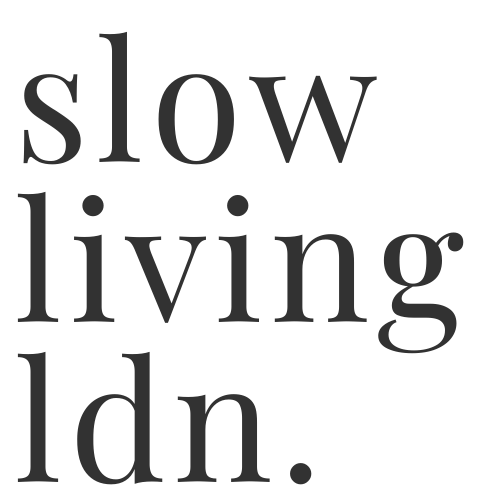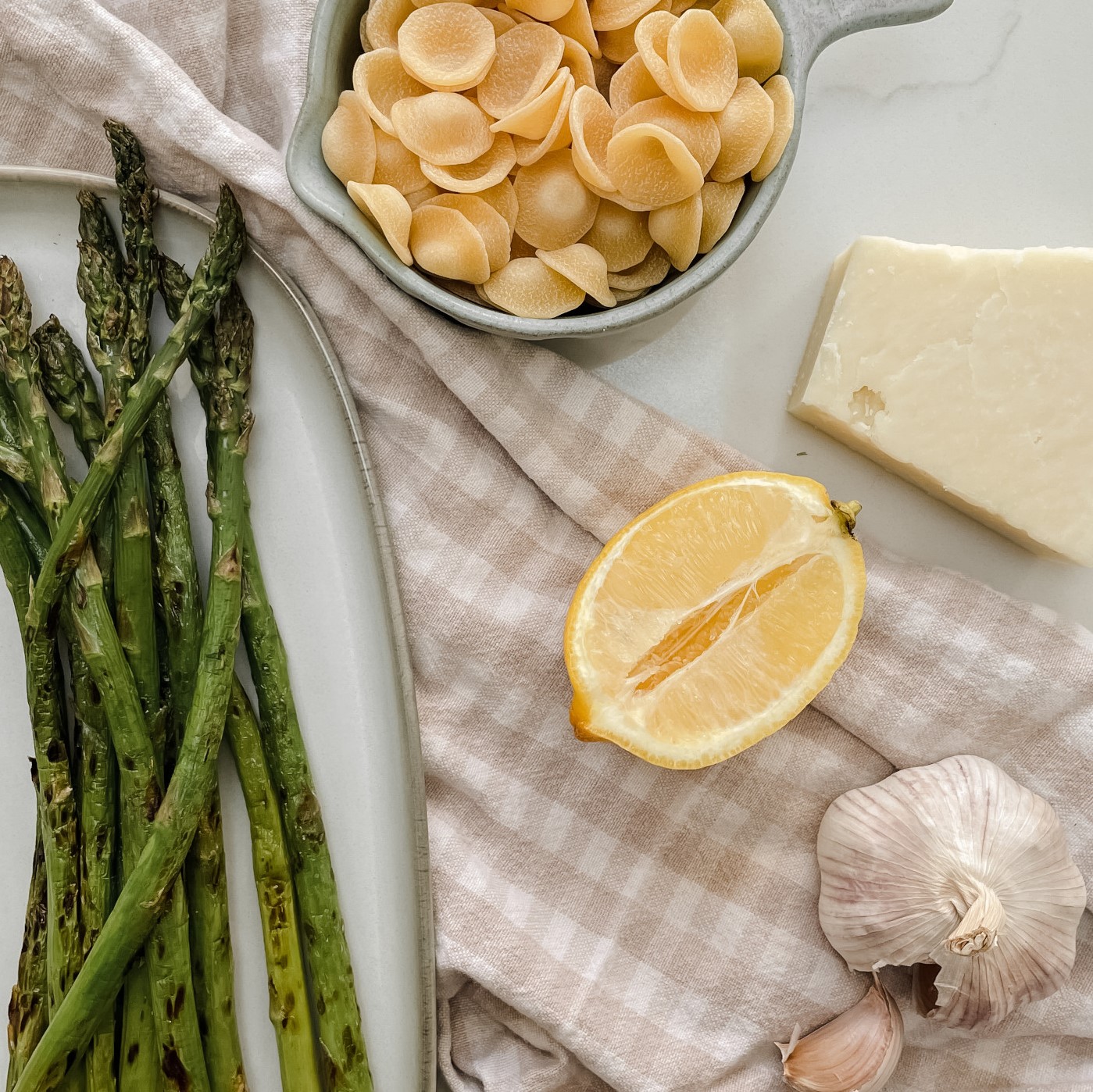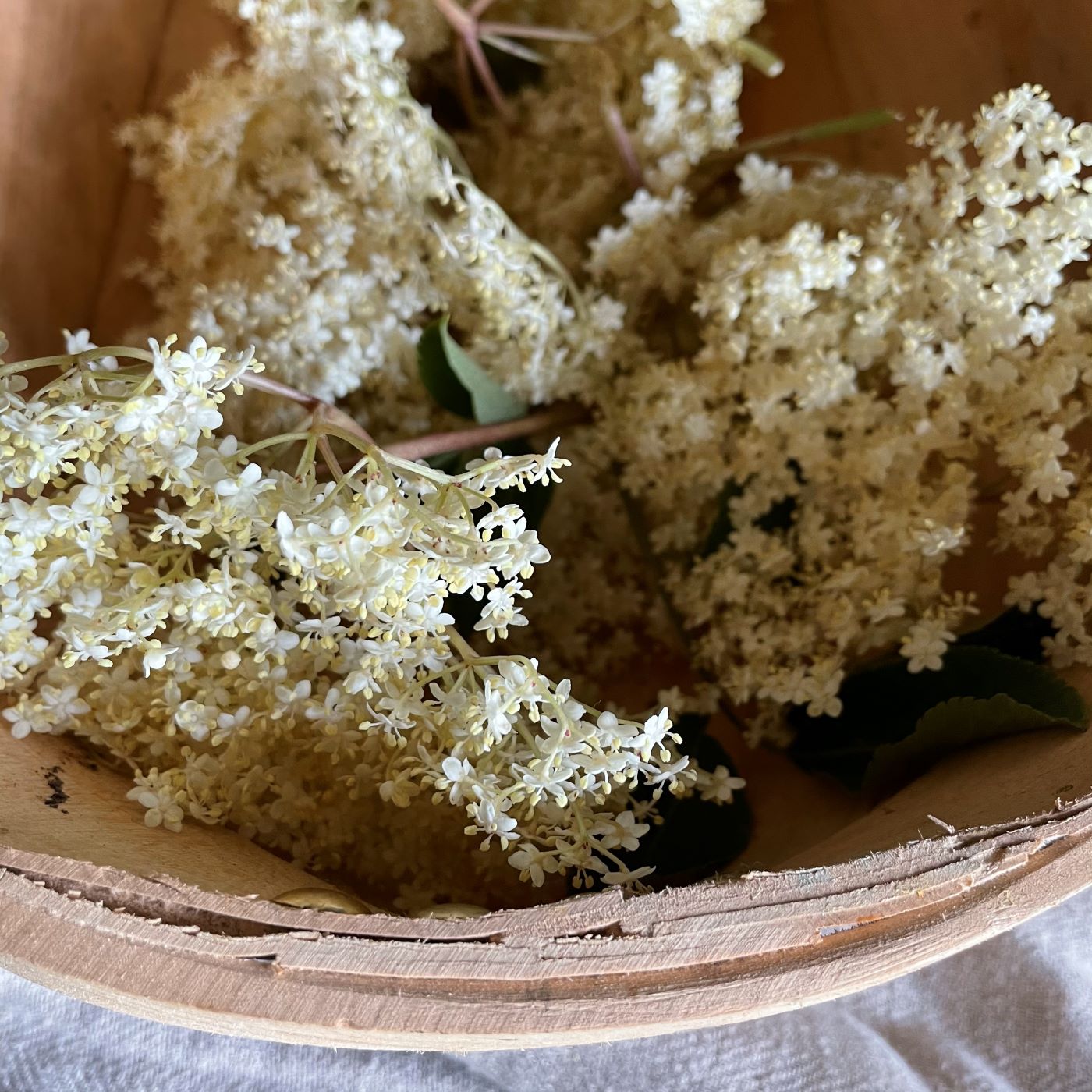You have no items in your cart. Want to get some nice things?
Go shoppingWhat is seasonal living? A guide to living seasonally
What is seasonal living?
Living seasonally means living in pace with the changing seasons throughout the year.
It promotes a deeper connection with nature’s rhythms by championing seasonal eating, considered consumption and seasonal activities. By slowing down to the pace and patterns of the natural world, we find an increased sense of mindfulness and gratitude. In our fast paced lifestyles, we can often find ourselves distanced from the reassuring cycles that are taking place around us. Even if we miss it, the sun rises and sets everyday, and the moon moves through its phases. Reconnecting with these patterns reminds us that we also go through phases of different energy, too.
In addition to living more intentionally, there are a whole host of other benefits from reducing your environmental impact to protecting local culinary heritage.
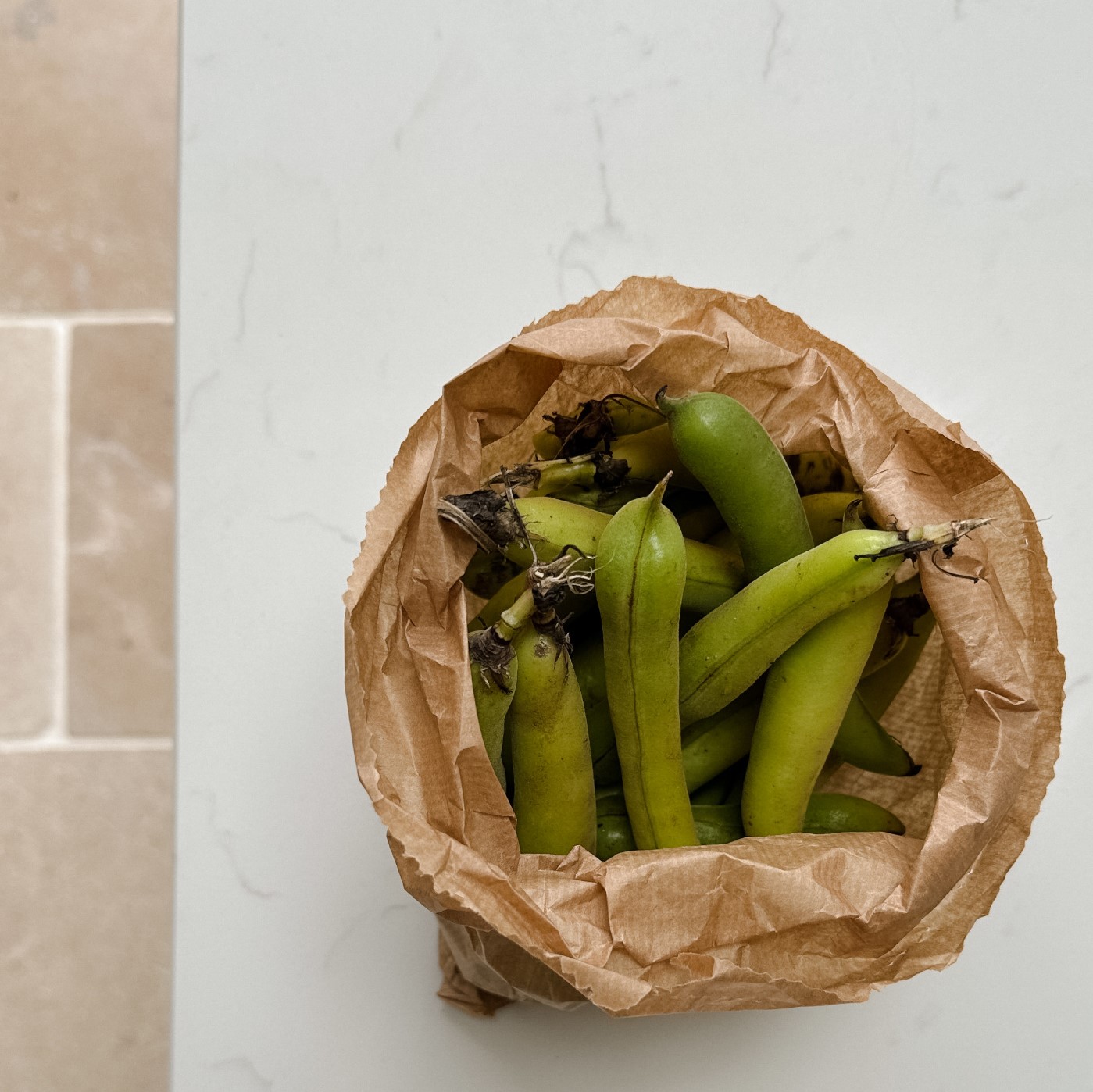
Benefits of seasonal living
-
Supporting wellness and mindfulness
Seasonal living encourages a deeper connection with the pace and patterns of nature. Noticing how our natural surroundings change throughout the year, and knowing these changes will come year in, year out, can help us feel more grounded.
In addition, noticing, savouring and looking forward to the seasonal changes brings calm, contentment and gratitude which can benefit our mental wellbeing. Whether it’s foraging for blackberries, enjoying the first spears of asparagus during its fleeting season, or noticing the leaves change from green to shades of fiery red and orange, there are so many small moments to enjoy throughout the year. Most pass quickly, so focusing on each in turn encourages a slower, more mindful way of living and enriches our daily lives with variety.
And finally, our energy levels also change throughout the year. Knowing that we’re wired to need more rest during the dark months of winter can also help us become kinder to ourselves. We can avoid falling into feelings of burnout and accept that our productivity levels may not look the same year-round.
-
Reducing environmental impact
We know our food choices have a large impact on the environment. From resource use to food waste, there’s a lot to consider and a wide range of actions we can all take. Eating in season, locally grown produce helps reduce food miles and carbon emissions from refrigerated transport. Local produce may also contain fewer or no preservatives and waxes.
The production of fresh cut flowers is also highly resource intensive, and many flowers have also flown miles to be in our supermarkets out of season. The slow flowers movement helps support local growers and shines a light on the importance of buying British blooms or growing your own.
Finally, a deeper connection with nature through seasonal living can remind us of our impact on the natural world. This encourages us to adopt more considered consumption and use of raw materials.
-
Supporting health and nutrition
Living with the seasons encourages you to make the most of fresh and nutritious local produce. Ripe and freshly picked seasonal fruits and vegetables tend to have higher nutrient content than produce which has been through a lengthy supply chain. The University of New Hampshire summarises, ‘when produce is picked at peak ripeness, key nutrients like potassium and magnesium, phosphorus, and vitamins C and A can be found at higher concentrations’.
In addition to what we consume, a deeper connection to the changing seasons encourages us to get outdoors and benefit from increased physical exercise.
-
Championing slow food and culinary heritage
Slow food is about savouring, celebrating and protecting culinary heritage and traditions and supporting ‘Good, Clean & Fair’ food for all of us. Slow Food UK maintains The Ark of Taste, a collection of products that have potential or imminent risk of extinction. From artisan cheeses to unusual fruits and vegetables, the programme strives to keep Britain’s edible biodiversity intact. The UK also has protected name status for hyper locally produced food, drink and agricultural products which helps maintain quality and authenticity, protecting the product from imitation. For example, Yorkshire Forced Rhubarb and Buxton Blue cheese.
Seasonal living inspiration
In addition to our guides to the seasons below, which share the best of what’s in season to eat, forage and gather, we round up more of our carefully curated articles for living seasonally.
Getting started with living seasonally can be as simple as eating in season and celebrating the subtle shifts during each month.
-
Which fruits and vegetables are in season each month?
Eating in-season produce is a key part of embracing seasonal living. There are so many benefits of eating fresh, local ... Keep Reading -
Our favourite seasonal restaurants in the South West
To live seasonally means living in pace with the changing seasons throughout the year. From improving your wellness to reducing ... Keep Reading -
The rise of the flower farmer: In conversation with Rachel Siegfried of Green and Gorgeous
On Saturday mornings between March and October, Rachel Siegfried and her partner Ashley Pearson throw open the farm gate at ... Keep Reading -
Flower power: how the slow flowers movement is championing sustainable British floristry
Linked to slow gardening, which promotes a deeper connection to the seasons and natural world, and slow food, which champions ... Keep Reading -
How to press flowers using a flower press
Flower pressing is a true seasonal, slow living activity. Savour the season by searching for beautiful flowers to press and ... Keep Reading -
How to start foraging for wild food with tips from Heavenly Hedgerows
Foraging is a great way to appreciate the pace and pattern of the seasons and reconnect with the natural world. ... Keep Reading -
How to care for cut flowers
Cut flowers are one of the easiest ways to style your home with the seasons. A vase or a few ... Keep Reading -
15 of the best cut flowers to grow in your garden or allotment
The art of slow flowers. Skip the chemicals and transport emissions to grow your own cut flowers at home or ... Keep Reading -
The best slow, seasonal recipe books for celebrating British produce
Slow food and seasonal eating mean consuming more consciously, making the most of what’s in season and grown locally, reducing ... Keep Reading
-

Which fruits and vegetables are in season each month?
-
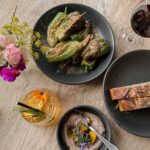
Our favourite seasonal restaurants in the South West
-
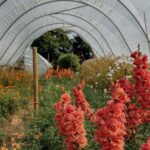
The rise of the flower farmer: In conversation with Rachel Siegfried of Green and Gorgeous
-

Flower power: how the slow flowers movement is championing sustainable British floristry
-

How to press flowers using a flower press
-
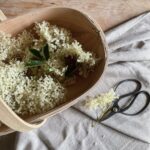
How to start foraging for wild food with tips from Heavenly Hedgerows
-

How to care for cut flowers
-

15 of the best cut flowers to grow in your garden or allotment
-
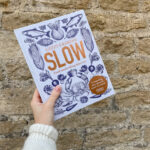
The best slow, seasonal recipe books for celebrating British produce
Stay in touch
Sign up for slow living inspiration to your inbox
